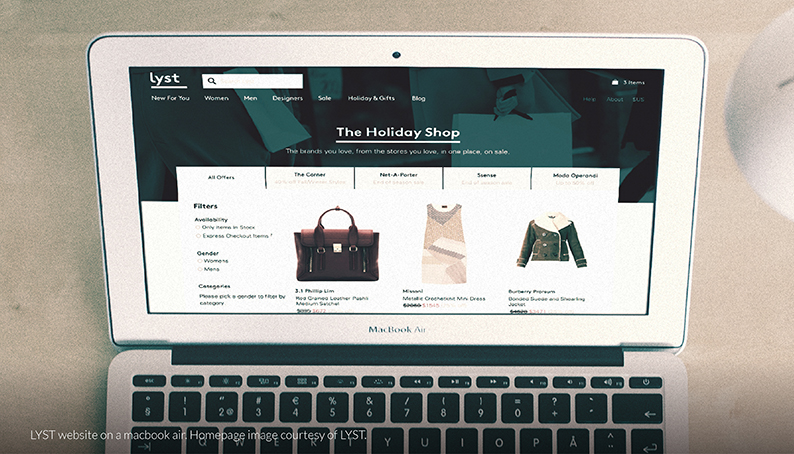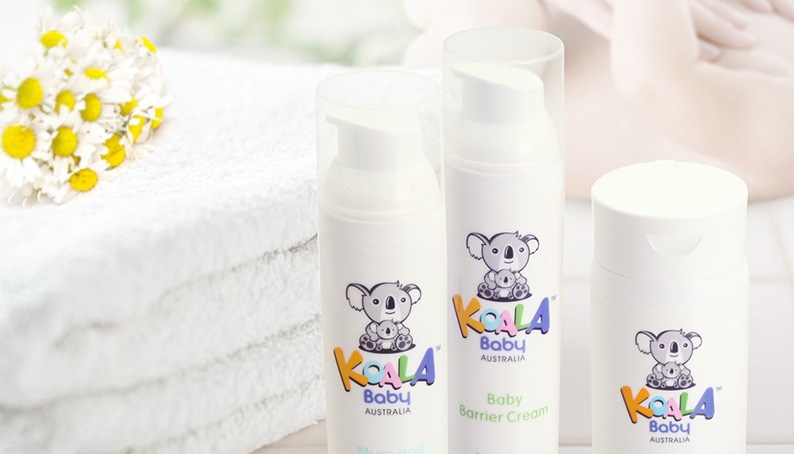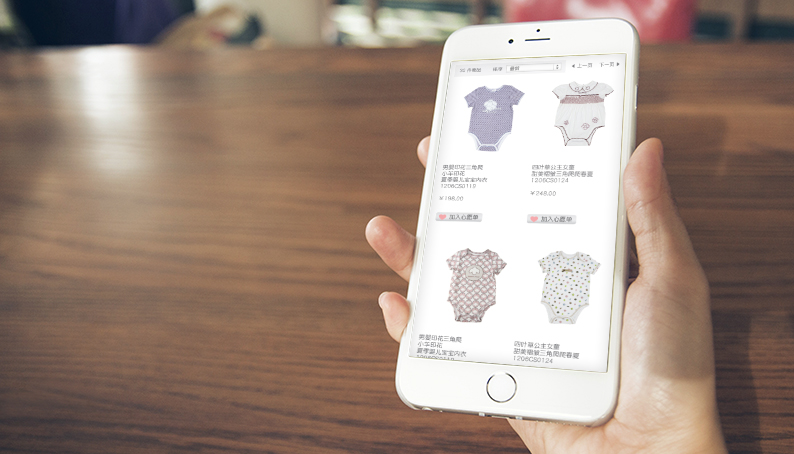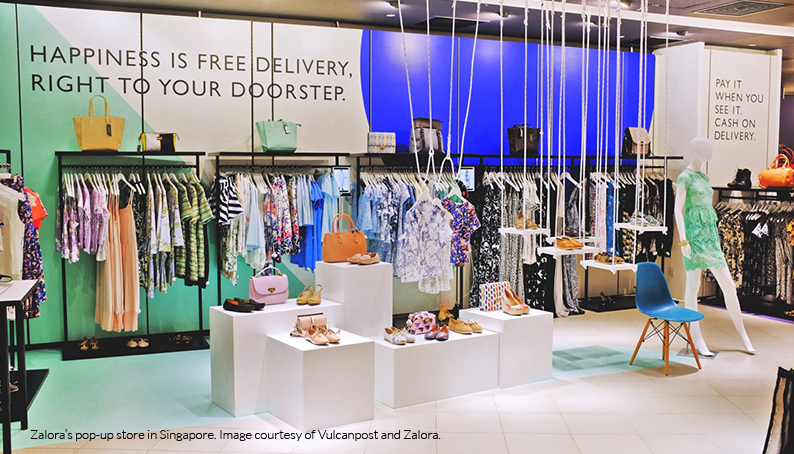Views
6 Trends to Watch in 2016
05 Jan, 2016
In this report, Base Creative focuses on identifying trends and shifts in 2016 and beyond. We aim to bring in a multidisciplinary view and draw insightful findings from a wide range of topics – from consumer behaviours to technology — in order to help identify emerging opportunities and to positively impact your brand and businesses for future growth. We hope you enjoy reading it.
01 On-Demand Consumption
On-demand consumption has never been so popular. By seamlessly connecting consumers and services through apps, brands can now fulfill consumer demands via immediate provision of goods and services, and open up more possibilities for more businesses. And thanks to the rise of GPS tracking and proximity networking, people are going on-demand for just about everything, from cab rides to dating.
Where are we now?
Consumer behaviour is changing. Immediate access to information, entertainment, and commodities through smartphones has generated a sense of entitlement to fast, simple, and real-time experiences.
Implications:
We are going to see this trend being extended in new categories and gaining traction with many more consumers. Although a serious threat to some industries, others are finding creative ways to tap into this new business model and mode of consumption.
Case in point: DateTix

As on-demand businesses solve the technological problems involved, design and user experience will increasingly become one of the most important points of differentiation. Designing for greater simplicity and convenience, we have helped Datetix, an on-demand dating service provider, to create a memorable, frictionless website interface to engage with its always-on-the-go audiences.
02 Gender Neutralism
One of the most important factors shaping societies across the world is the rising economic and political power of women. Female consumers in emerging market economies, and elsewhere in the world, are experiencing improvements in their incomes, driven by better education, employment and changes in social attitudes towards women’s roles. This suggests that women will have rising power in consumer markets, creating excellent opportunities for businesses that can cater to the needs of this underserved market segment.
Where are we now?
Women’s fairer shares of opportunities, power and money are challenging the cultural perceptions of the “man’s world” around the world. Previously taboo aspects of femininity are also being unearthed and brought to the forefront by media, outspoken celebrities and brands.
Where is it going?
Gender dynamics will change rapidly in culture. We shall see consumers increasingly celebrating previously taboo facets of womanhood. At the same time, Millennials will be blurring traditional gender distinctions altogether – which has already been reflected in fashion styles and sports.
Case in Point: Vibe Therapy

The adult toy category in Asia has historically been considered as elusive and tied up with cultural misunderstandings. However, we discovered Asians are starting to consider sexual satisfactions as part of their wellbeing regime, with women now being more outspoken about their desires than ever before. This change of consumer perceptions has led us to help Vibe Therapy to redefine this formerly sensitive product category. For over a decade, we have created a sophisticated brand and transformed its products radically into lifestyle pieces that would garner mainstream success and stimulate the industry forward.
03 Dynamic Personalisation
Digital channels offer extensive opportunities for data mining, as each step of the consumer journey and profile can be tracked in a way not feasible offline. This allows businesses to provide an individualised range of products and service to each consumer. As such, content curation and personalisation have emerged as popular areas for innovation.
Where are we now?
As data analysis gets more cost-efficient, any business can generate more measurable and effective data than ever. Research studies have shown that personalisation is now delivering five to eight times ROI on marketing spends, and can lift sales by 10 percent or more.
Implications:
With more consumer insights coming from Big Data analysis, the Internet of Things, and artificial intelligence, brands will be getting better at predicting customer behaviour, needs and wants – and tailor offers and communications very precisely. The challenge will be to harness new data streams without setting off privacy fears and to balance predictive personalisation with serendipitous discovery.
Case in Point: LYST

Grounded on the trends of curation and personalisation, Lyst is a fashion aggregator that enables consumers to buy all their favourite brands on one site. Shoppers can effectively create their own personalised “boutique” by following their favourite brands. At the same time, they can follow retailers and bloggers who curate their own selections.
04 Nature Comfort
As consumers search out their own product information online, they are becoming increasingly sceptical of mainstream products. The common household products that were once heralded as miracles of modern industrial society are now scrutinised with suspicion, seen as potential sources of harmful chemicals. Consumers are experiencing a loss of faith in traditional authorities.
Experiencing rising anxiety over a civilization that appears increasingly toxic and driven to digital distraction, they are turning to nature for comfort and discovering a new-found appreciation for processes once forgotten.
Where are we now?
Products from makeup to perfume are now being pitched to consumers as natural and free of additives, while bacteria are no longer seen as something to be scrubbed away, but something to be cultivated.
Implications:
According to a recent survey, 69 percent of respondents say they don't believe all products labelled “natural” are truly natural. But as natural products are no longer consigned to a niche, brands do not necessarily have to restrict themselves within the “all-natural” and “green” category – they can compete head-on with mainstream products and be aspirational too.
Case in point: Koala Baby

We discovered that the closer a product comes to the body, it seems the more consumers want it to be natural. Trust and safety became so important that we helped renowned baby skincare brand Koala Baby to formulate the positioning “Gentle purity you can trust” – assuring parents that their babies would receive the best possible start in life with skincare that is as organic as scientifically possible - so safe that you can eat it.
05 Mobile First
Smartphones are now replacing laptops or any other digital devices for that matter. Phones are carried with us wherever we go and as a result, are driving the rapid development of new consumer behaviour patterns, such as the “always on, anytime, anywhere, but only when and where I want it” attitude.
Where are we now?
The advent of mobile communications has been particularly beneficial to emerging market consumers. In many emerging markets, mobile phone ownership exceeds in-household Internet access, and this provides an opportunity for businesses to overcome the technological barrier of low Internet penetration through mobile apps.
Implications:
Everything, everywhere will become shoppable as mobile connectivity unites the digital and physical worlds, consumers develop expectations of seamless purchasing, and brands find ways to merge discovery and purchase opportunities.
Case in point: The whole mobile retailing landscape in China

70% of Chinese Internet users shop online regardless of the size of the cities in which they live, despite significant differences in Internet penetration. Mobile Internet retailing offers significant opportunities for future growth in both emerging regions, where desktop Internet access remains limited, and mature markets, to facilitate on-the-go shopping and impulse buying.
06 Experience Hungry
Shopping is no longer restricted to either physical stores or online but is moving towards a fluid exchange that can play out in creative ways. According to a recent McKinsey survey, although more than 80 percent of transactions will remain in physical locations, 90+% of shoppers will research something online before they buy offline. This convergence of physical and digital will undoubtedly create a unique omni-channel experience that both companies and customers will embrace.
Where are we now?
Experiences have overtaken objects as the “must-have” purchase. Millennials are demanding a more satisfying real-life in-store experience.
Implications:
Consumers will be seeking ever more shareable, unique and dynamic experiences. They value technology as long as it adds to the experience, but fundamentally what they want is a better in-store experience.
Case in point: Zalora’s showrooming

Some of the major drawbacks of selling products online are product uncertainties and the lack of brand experience. Zalora, the major fashion e-tailer, has recently employed showrooming tactics, which allow customers to go in-store to try and feel products, but then purchase them online.
Woody Yip
Research and Strategist



